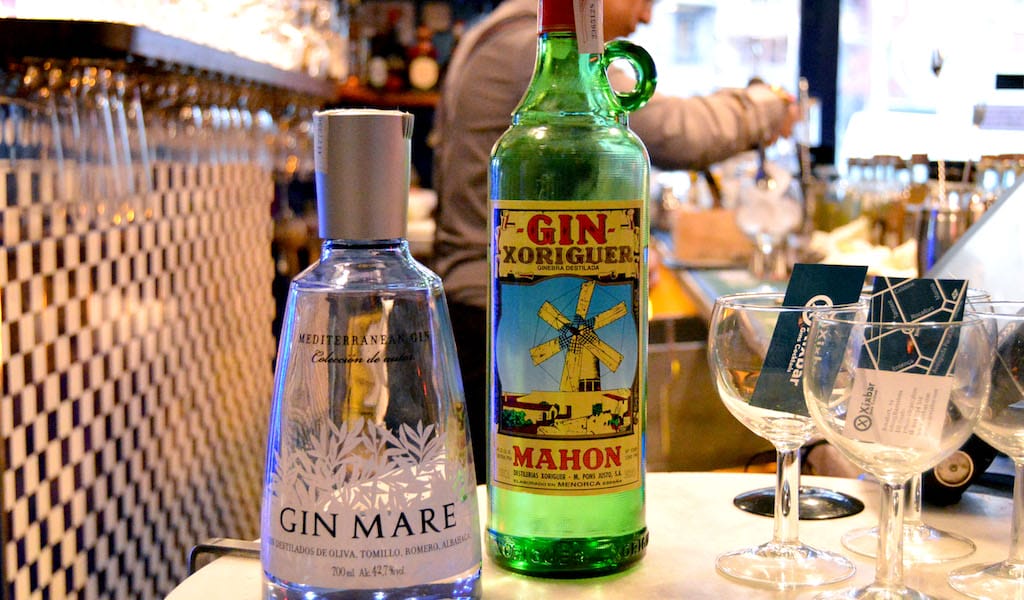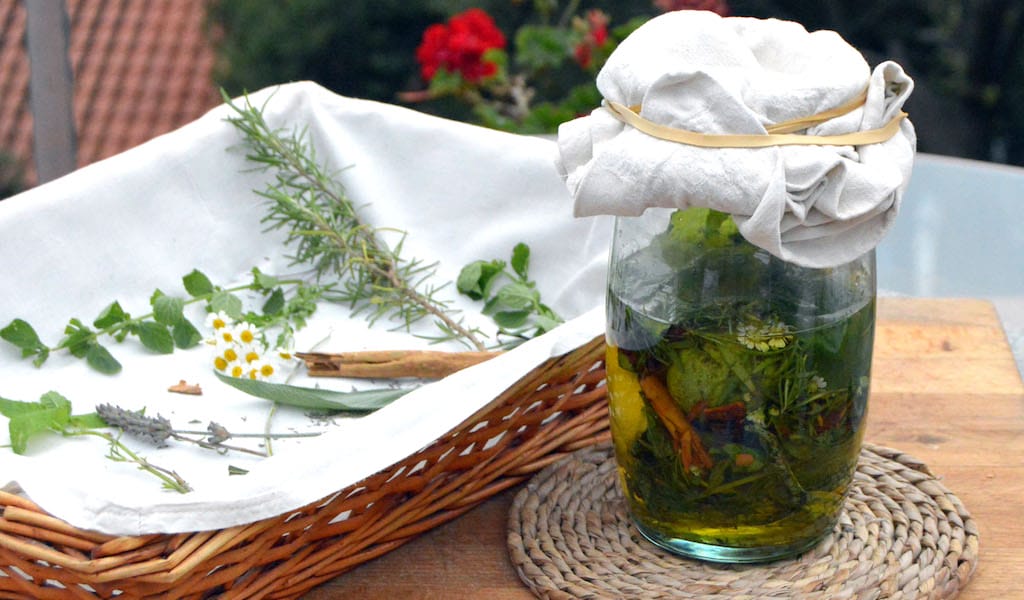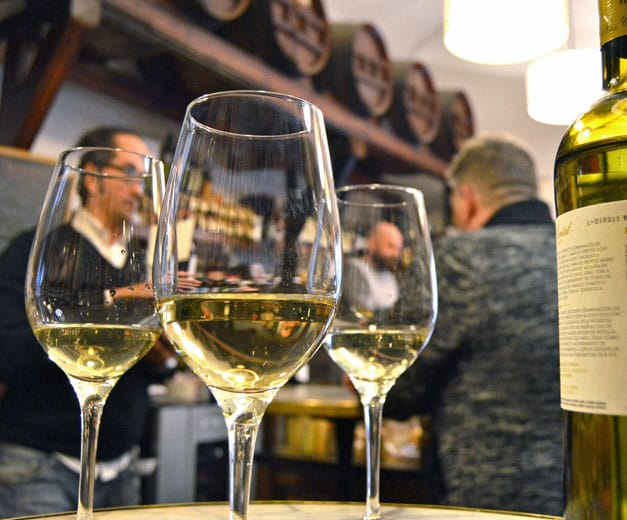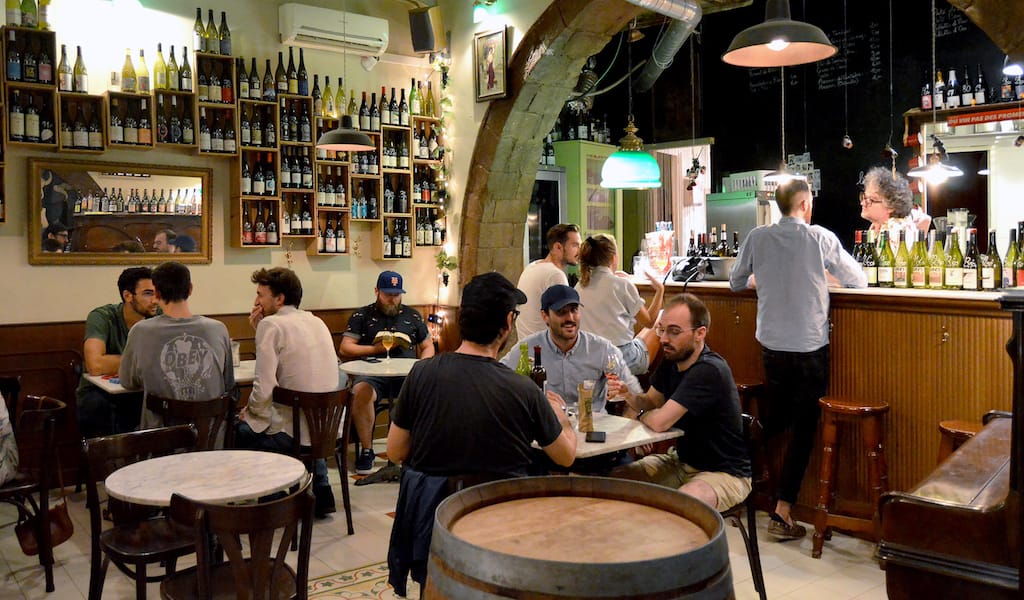Editor’s note: Our third installment in the Global Bar Crawl takes us to Barcelona, where gin continues to be the drink of choice among locals. Tomorrow we head to a spot in Istanbul where you can spend an evening visiting a number of bars, all without leaving the building.
Spain is a country that loves a long-drink – alcohol in combination with a soft drink, refreshing and open to invention and reinvention. On the heels of creative gastronomy’s efflorescence in recent years, many old drinks, cuisines and forgotten ingredients have returned, revived through new and more sophisticated techniques and interpretations. The gin and tonic, called gintonic here, is one such Spanish obsession, and all that ingenuity and focus have gone into taking this highball to the next level.
Gin came to Spain in the 18th century via Minorca, one of the Balearic Islands, which was under British rule from 1712 to 1802. During that time, the demand for distilled drinks by British sailors and soldiers was so great that the Minorcans learned how to make gin using the English system to satisfy all those thirsty men. Xoriguer, a relatively low-alcohol (38 percent ABV) gin from Mahón, the island’s capital, is a legacy of those times, with an intense juniper aroma that can still be savored today.
Spain is now the world’s third-largest (after the Philippines and U.S.) consumer of gin by volume. In venues specializing in gin, it’s possible to find more than 200 labels of premium gins to create the gintonic of your dreams. Domestic production is no small part of the phenomenon, with more than 60 premium brands and many more of the lesser variety. Some of these gins distinguish themselves through their botanicals. Gin Mare, one of Barcelona’s local stars, highlights the Mediterranean with rosemary, thyme, basil and Catalonia’s small, delicate arbequina olives.
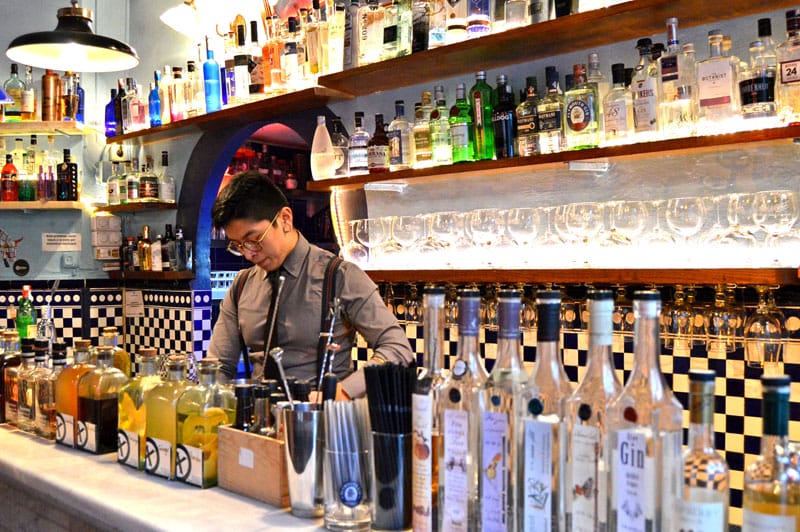
Tonic, the old prophylactic against malaria with its bitter quinine flavor – which British soldiers camouflaged with a good dose of gin – was always appreciated for its ability to aid in digestion. In recent years, tonic consumption has grown in this country according to gintonic demand. In 2006, the use of Fever-Tree-brand tonic by renowned chef Ferran Adrià raised a great deal of interest in gourmet tonics. Including those made by Fever-Tree and fellow UK maker Fentimans, some 40 brands of tonic are currently available on shelves in Spain.
Once you’ve figured out the two main ingredients, the matter of how you serve a gintonic is of critical importance. The best bartenders create each drink with the precision of a lab chemist and the meticulous care of an artisan. So many factors can influence the experience: whether you use a balloon glass or not, quality, the shape and size of the ice, strength of carbonation, temperature, the addition of herbs, fruit, spices, seeds, berries and/or flowers for flavor, aroma or aesthetics. The lemon twist is an old standby, but now you might instead try cucumber, grapes, juniper berries, a sprig of rosemary, basil leaves, cinnamon, apple, rose petals…
The best way to taste all these gintonic iterations – not all at once now, y’hear? – is, of course, at Barcelona’s best gin bars. These are our favorites.
Bobby Gin
El gintonic perfecto no existe. This cheeky quote hangs prominently in Alberto Pizarro and Óscar Alcaraz’s easy-going and elegant bar and refers, no doubt, to the myriad directions the drink can go in, especially in their hands. Bobby Gin, which opened in 2011, serves “almost perfect” gintonics, a thoughtful selection of cocktails and a menu of small plates, tapas and gourmet burgers to go with them. For a hit of fragrance or a bit of extra oomph, the bartenders might use infusions, fruit, spices, herbs or even smoke in their drinks. They welcome questions and will do their best to quench your thirst (for knowledge, obviously).
Xix Bar
Scot Mike Cruickshank, who has called Barcelona home for more than 20 years, opened Xix Bar in 2005. Located in an old neighborhood creamery, it began as a cozy place for a cocktail and a bite to eat. With time, Cruickshank decided to skip the food and dig deeper into the real interest of his clients: gintonics. Nowadays, Xix Bar has slightly more elbow room but still maintains a wonderfully inviting atmosphere and a bar stocked with numerous bottles of gins and other spirits. The small adjoining shop, Gin Corner, offers bottles for sale. In addition to gin-based cocktails, Xix Bar’s bartenders also offer more than a dozen fruity, spicy herbal and seasonal gin concoctions made in-house.
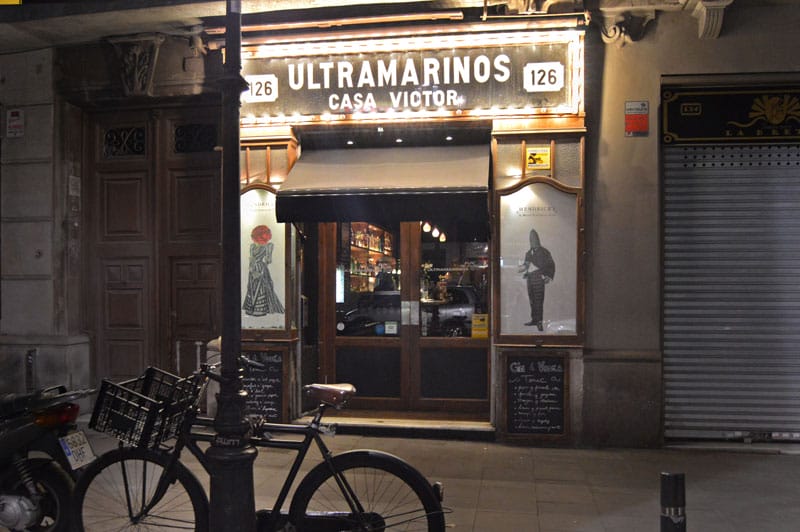
Ultramarinos
Fede Dobry and his partner Alex opened Ultramarinos in 2011. They have more gins – as well as vodkas – than they have wall space to display them. But even more amazing is the fact that they’re distilling their own gin in London. They love to work with neutral London-style dry gins, adding their own bespoke fragrances, which they make from the kind of botanicals used in the gins or other ingredients that complement them. That way, they have perfect control over the drink’s aroma, its lastingness, its clean appearance and the ability to combine them as appropriate with the bar’s various gins. Besides expertly made cocktails, on some nights you might find a local DJ playing a set. This is also likely the only bar in town that accepts Bitcoin.
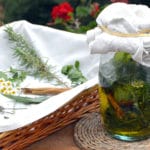 June 23, 2014 Ratafía
June 23, 2014 Ratafía
In Catalonia around the summer solstice, we make one of our most traditional liqueurs, […] Posted in Barcelona November 28, 2013 Catalonia’s White Wines
November 28, 2013 Catalonia’s White Wines
When we think of white wine in Catalonia, we think of its seemingly endless […] Posted in Barcelona October 10, 2019 Wine Harvest 2019
October 10, 2019 Wine Harvest 2019
Naked, free, wild, raw, true, clean… natural wine has many names, except its most […] Posted in Barcelona
Published on February 19, 2014
Related stories
June 23, 2014
BarcelonaIn Catalonia around the summer solstice, we make one of our most traditional liqueurs, ratafía, for which the herbs, fruit and flowers that are macerated in alcohol must be collected on Saint John’s Eve, or June 23. This highly aromatic digestif has long been believed to have medicinal properties. There’s even an old Catalan rhyme…
November 28, 2013
BarcelonaWhen we think of white wine in Catalonia, we think of its seemingly endless possibilities. Production of whites here has a 2,000-year-old history. The wide-ranging diversity in the area’s Mediterranean climate and calcareous soils, from the mountains to the sea, and the combination of old grape varieties and newly introduced “foreigners” with traditional and experimental…
October 10, 2019
BarcelonaNaked, free, wild, raw, true, clean… natural wine has many names, except its most obvious one, just plain ol’ wine. There’s no makeup or camouflage, nor is there any sort of artificial interference – chemical fertilizers or industrial yeasts, to name a few – in the vineyards or during the vinification process. Some consider this…







































